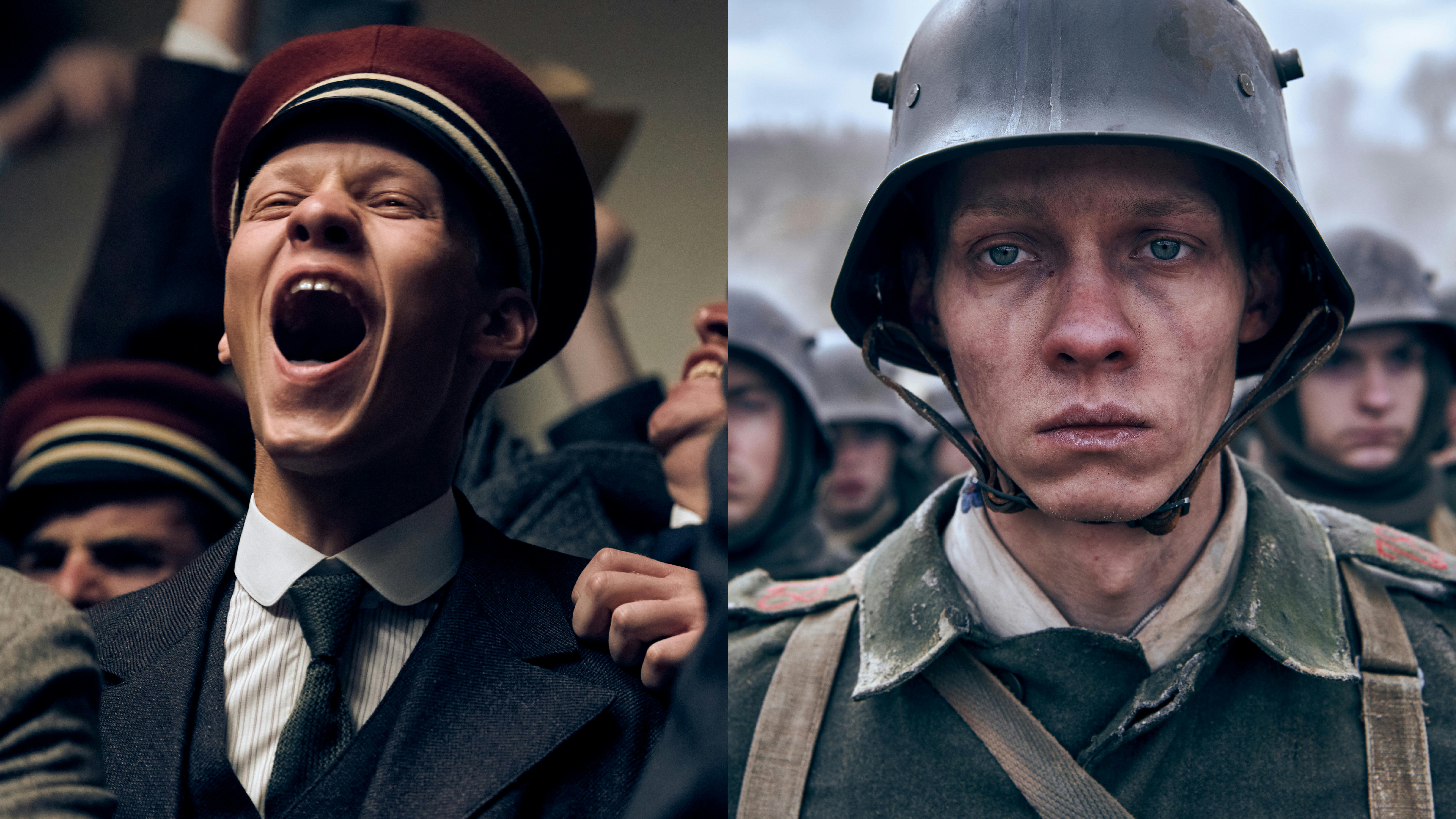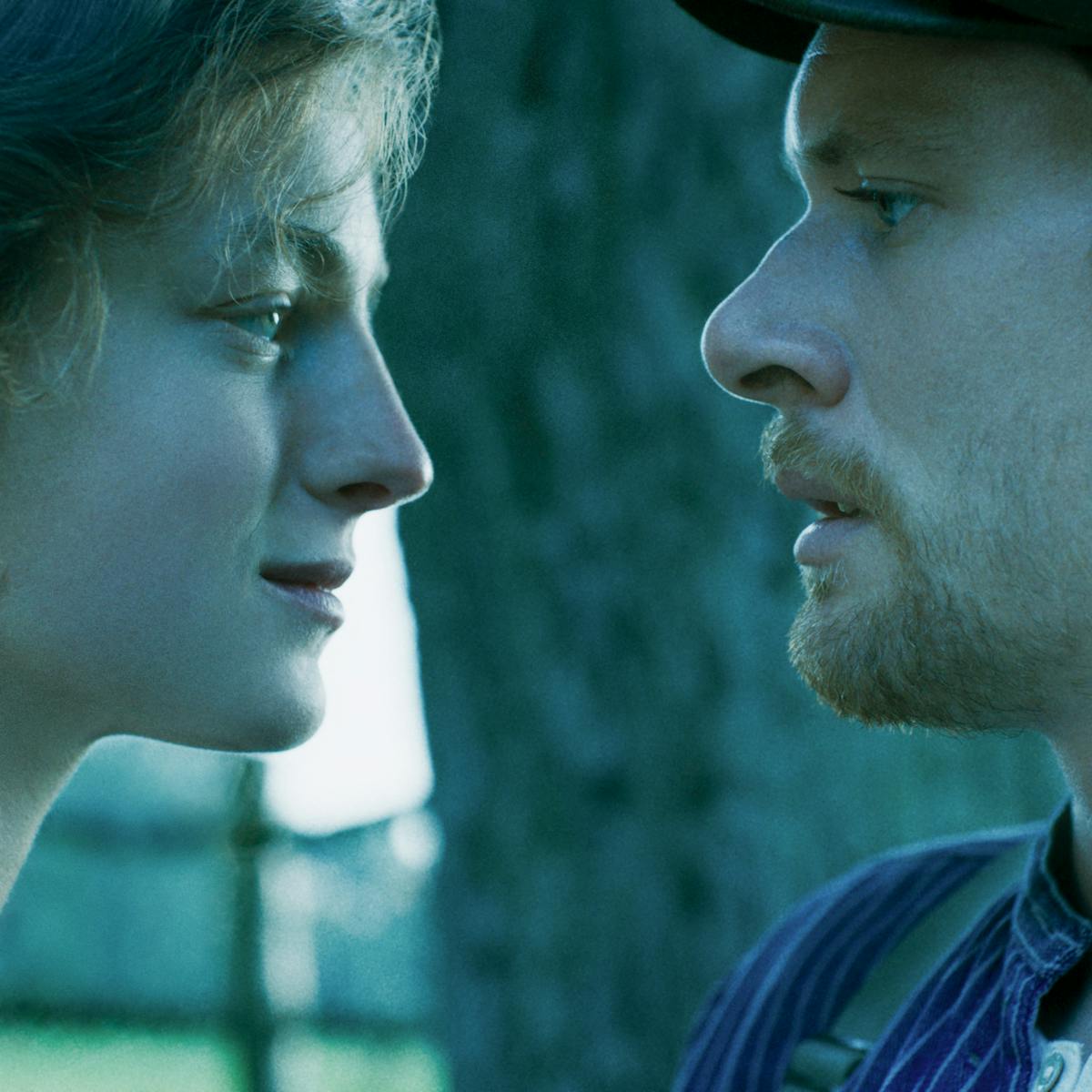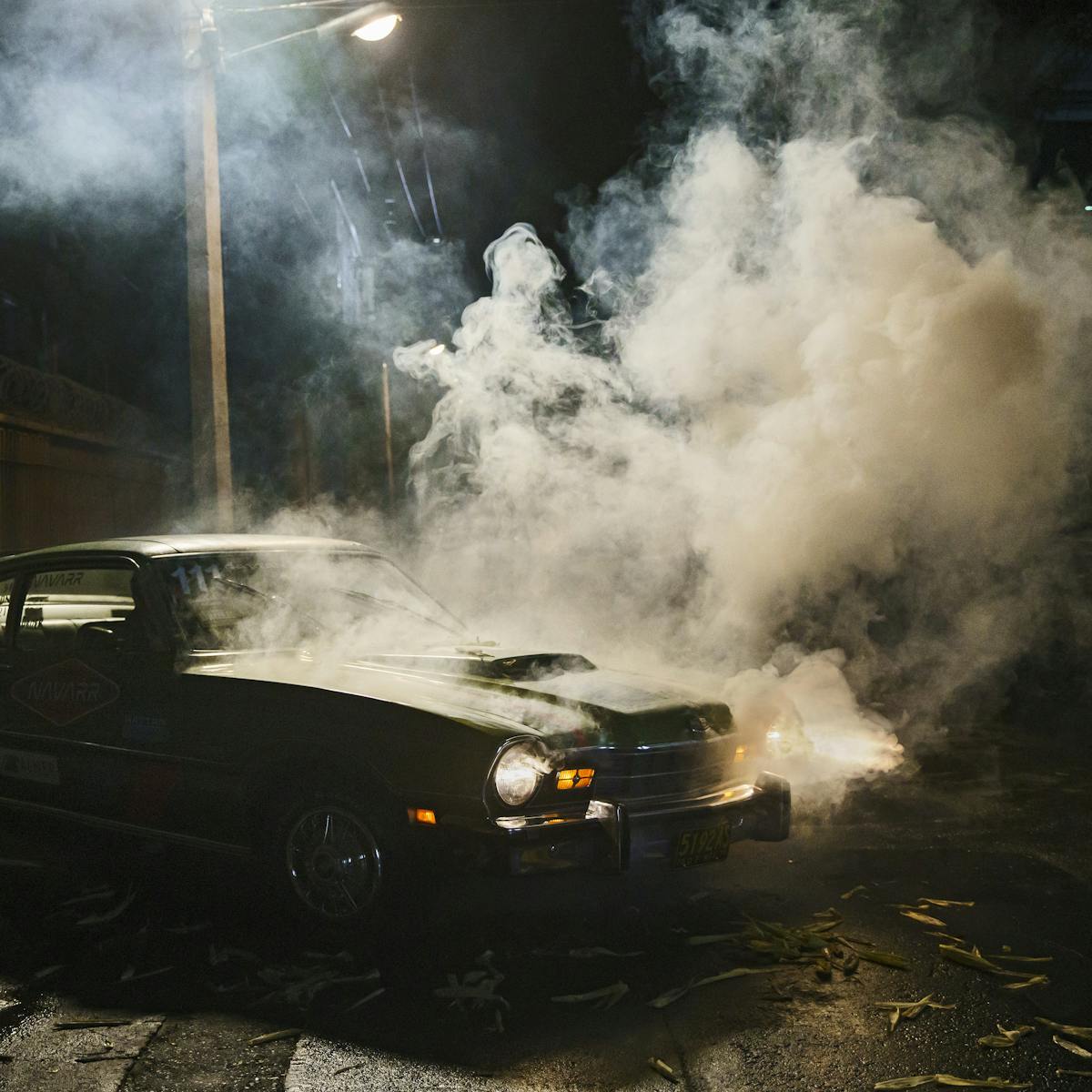Edward Berger recreates the best-selling epic from a German perspective for the first time.
When All Quiet on the Western Front by author Erich Maria Remarque was first published in Germany in 1929, it was an immediate worldwide sensation. The story of World War I from the perspective of young German soldier Paul Bäumer, who, along with a group of classmates, volunteers to join the army and quickly finds himself dealing with the grim realities of trench warfare, became the year’s best-selling novel in America and inspired a movie adaptation that went on to win the Oscar for Best Picture in 1930.
Today the novel remains required reading at many schools around the world — including the high school attended by filmmaker Edward Berger’s daughter. The German writer-director had been approached about shepherding a new adaptation of the book for the screen and was surprised by her reaction after he mentioned the possibility of tackling the project.
“As I was mulling it over, I decided to discuss the opportunity one night at the dinner table,” says Berger. “My daughter said, ‘If you can turn this book into a movie, you absolutely have to do it!’ She was 17 at the time and, you would think, perhaps not really the audience for this type of movie. But she had just read the book in school and was so moved by it that she literally ordered me to take the opportunity. It is a world-famous German bestseller, but it had never been told from a German perspective.” Berger’s approach has already resonated within his country as it was selected as Germany’s Oscar entry for consideration for the Best International Feature Film.
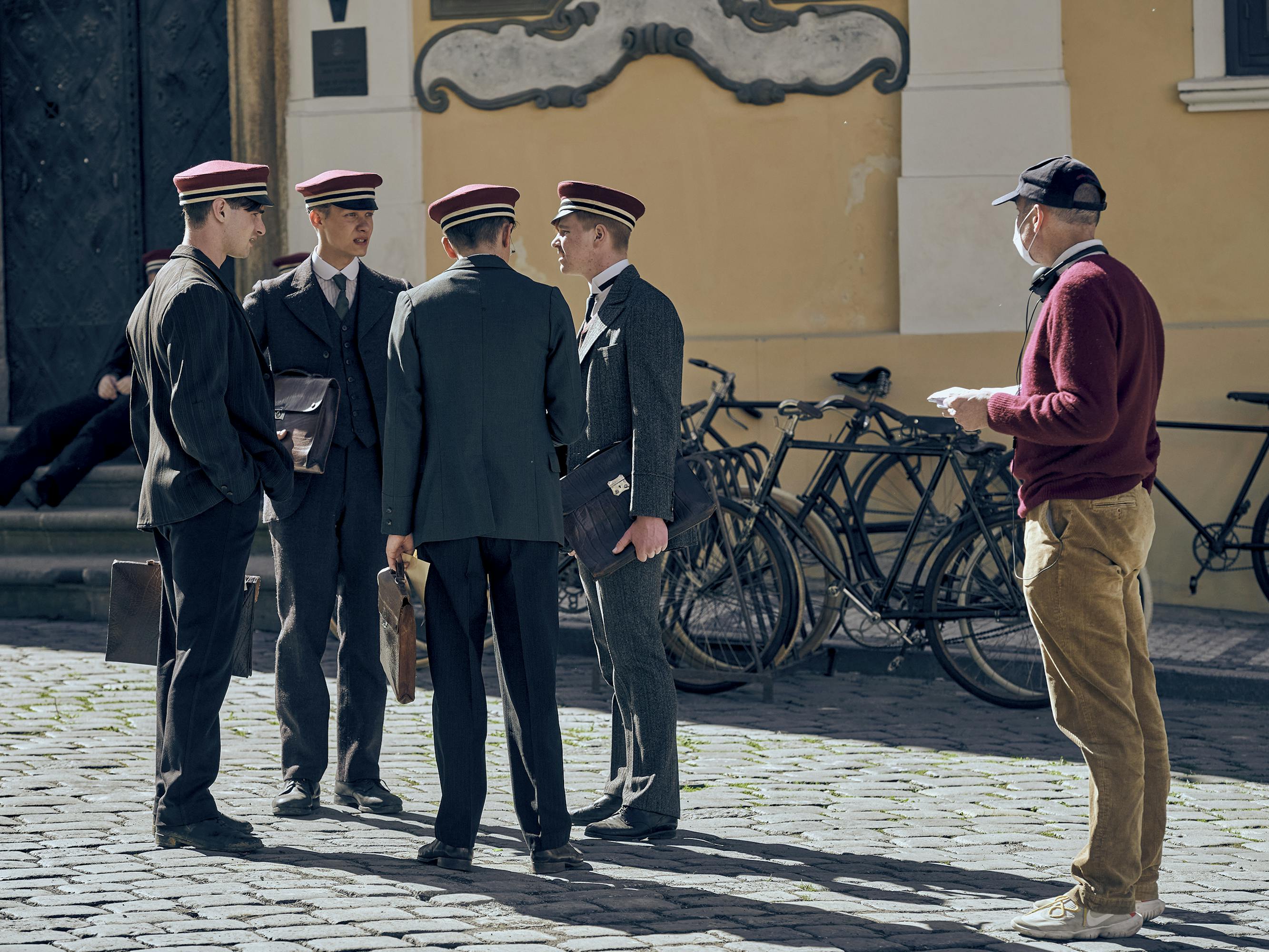
Paul Bäumer (Felix Kammerer), director Edward Berger, and other cast members
As the first German writer-director to adapt All Quiet on the Western Front for the screen, Berger (Jack, Deutschland 83) brings a unique lens to the film, which he co-wrote with Lesley Paterson and Ian Stokell. “It was important to me to take on the German perspective,” Berger says. “Our view of war is marked by grief and shame, sorrow and death, destruction and guilt. In most cases, American or British war movies cannot help but find a positive side in their stories.”
“Traveling on the tube in London in November,” continues Berger, “I see people wearing poppies in remembrance of the ceasefire. The soldiers returned home after the war and were celebrated as heroes in Trafalgar Square at the end of WWII. America was dragged into the war against its will and freed Europe from fascism. That does something to a country’s psyche; war is automatically associated with heroism. I felt that making our German history, background, and attitude toward war the driving force behind the movie was a huge and fascinating challenge. I wanted to make a movie that felt like, in order to make it, you would’ve had to have grown up in Germany.”
Berger and his crew made every effort to use that perspective to bring authenticity to the screen: “I love planning every shot down to its last detail, and I was blessed with the best possible crew to achieve it.” A key member of that crew is cinematographer James Friend, who had previously collaborated with Berger (Patrick Melrose, Your Honor).The duo set up shop in a hotel suite during pre-production. “We were very respectful to the original material, but of course, we wanted to give it our spin,” says Friend. “We basically cut the film as we were talking about it. We drew the trenches on big pieces of paper and worked out how we wanted people to travel in them and how to shoot those scenes.”

The extreme attention to detail and thorough planning branched out through the rest of the filmmaking process. “The amount of love that went into each costume, the gradual breakdown of the fabrics mirroring the characters’ demise, the texture, the make-up, the mud in the faces of our actors to express their innermost fears — it’s all still flabbergasting to me,” says Berger. “Whether it’s the tanks, or the explosions echoing in our ears, or perhaps just birds chirping, it’s all there to frame Paul Bäumer.”
Taking on the role of Paul is newcomer Felix Kammerer, who delivers a poignant portrayal of the weight of warfare. “Felix has given his body and soul to this role. He carries the movie like a heavy sports bag; that’s how he plays it — sober and unsentimental,” says Berger. “My contribution was to look at him, take care of him, protect him, sometimes from the force of the task, but sometimes also from himself because he thoroughly, unconditionally surrendered himself to the role.”
Producer Malte Grunert discovered Kammerer at the Vienna Burgtheater and was so taken by his performance onstage that he sent the young actor’s name to Berger for consideration. “Felix actually had his first-ever day of filming a movie on the set of All Quiet on the Western Front,” recalls Grunert. “But he mastered this [role] in a way that has earned him a great deal of respect.
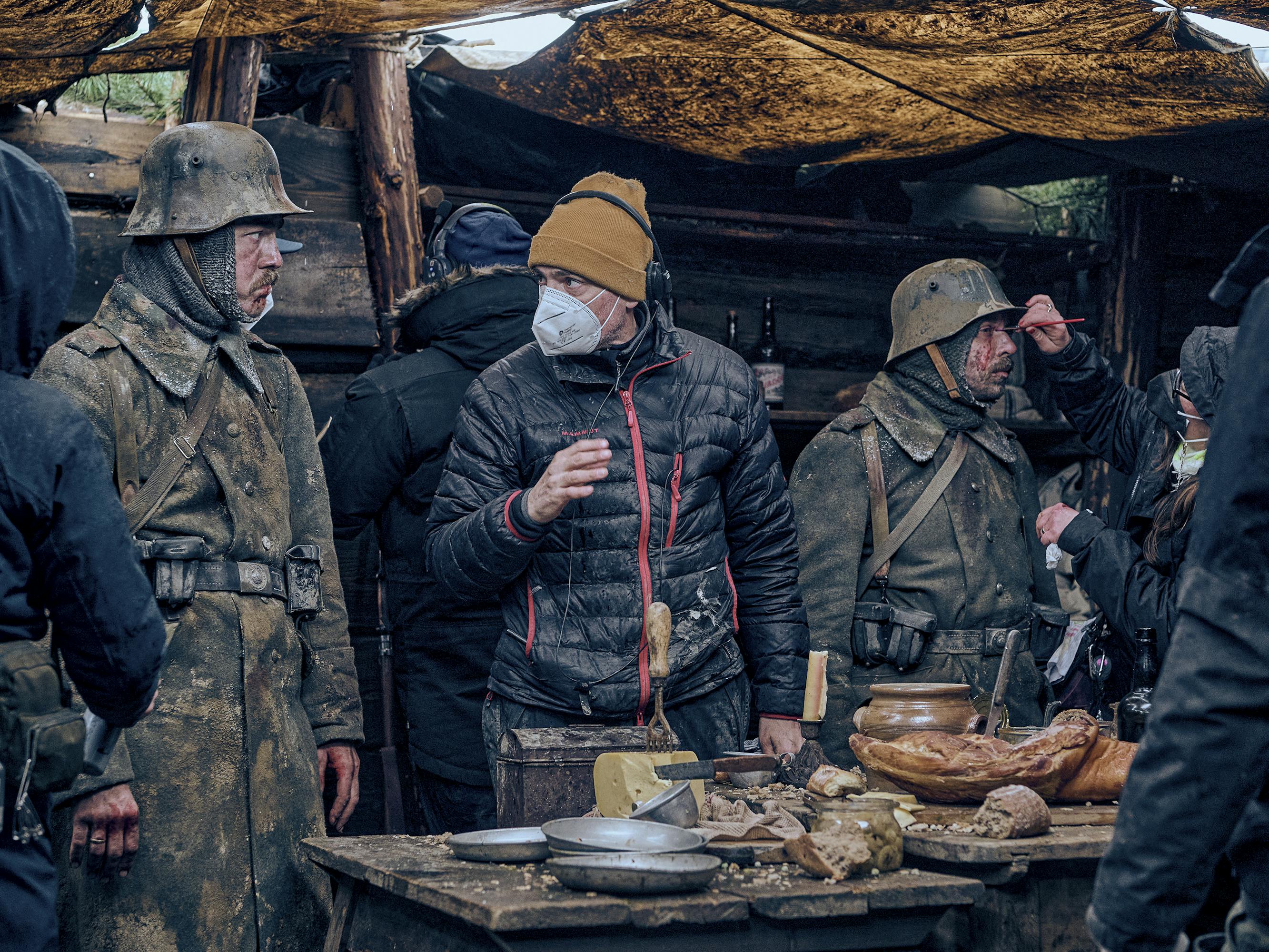
Director Edward Berger and cast and crew
To prepare for the role, Kammerer entrenched himself in research and physical training. However, no amount of preparation could truly ready him for the physically and emotionally demanding experience. “I took photos of my hands frequently. They looked like sandpaper,” remembers Kammerer. “The humidity, the movement, the work — you’re constantly cutting yourself, getting scratches. Your face is broken. It’s always between four and ten degrees. The costume, once it was soaked and covered in mud, and all the equipment, the guns, and the mud-caked boots were much heavier, just under 45 kilograms [99 pounds]. If you have to walk around with that on for 16 hours a day, through knee-deep mud, 600 meters in one direction and 600 meters in the other, you really feel it. At some point, you’re just damn tired. You can’t push on anymore. But then your head takes over, and you do push on. There is no other option. The shoot is happening.”
Berger experienced a similar pressure when venturing out to the trenches to film: “When I went to the set on those mornings, I was sometimes on the brink of a breakdown. I was so worried that we would never be able to capture the complex technical processes in a single shot. When we finally had this block of shooting behind us, the entire team and all the actors were completely exhausted. But we were also so proud and happy. We had succeeded, even when, at times, we didn’t believe that we would be able to do it.”
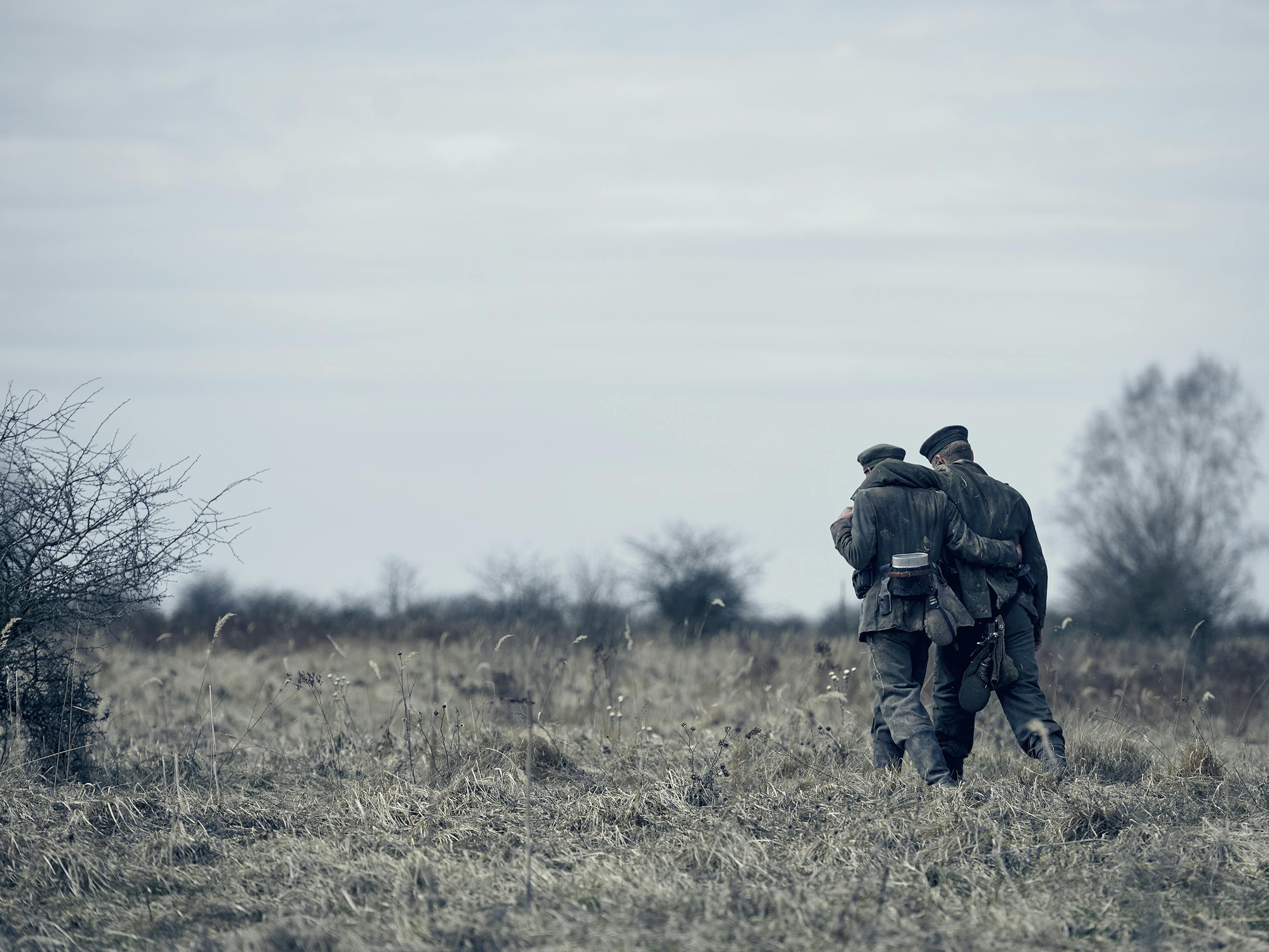
The efforts led to a gripping, emotional final cut. “When I watched it,” recalls Friend, “I felt like being put through a blender. As a cinematographer and filmmaker, I usually divorce myself from being an audience member. This is one of the first films that I have been involved in where I wasn’t watching where the camera focus was or where the backlight was. I was completely sucked into the incredible performances, writing, and stunning direction.”
All Quiet on the Western Front is a film that engrosses its viewer not just due to the exceptional filmmaking, but also for the relevance it holds. “Remarque’s novel is almost 100 years old, but it could just as well have been written today,” Berger remarks. “Its language, the violence, physicality, wit — it all feels so very modern. Sadly, we can see on the news every day how relevant this book still is. I fear that it will never lose its weight.”
